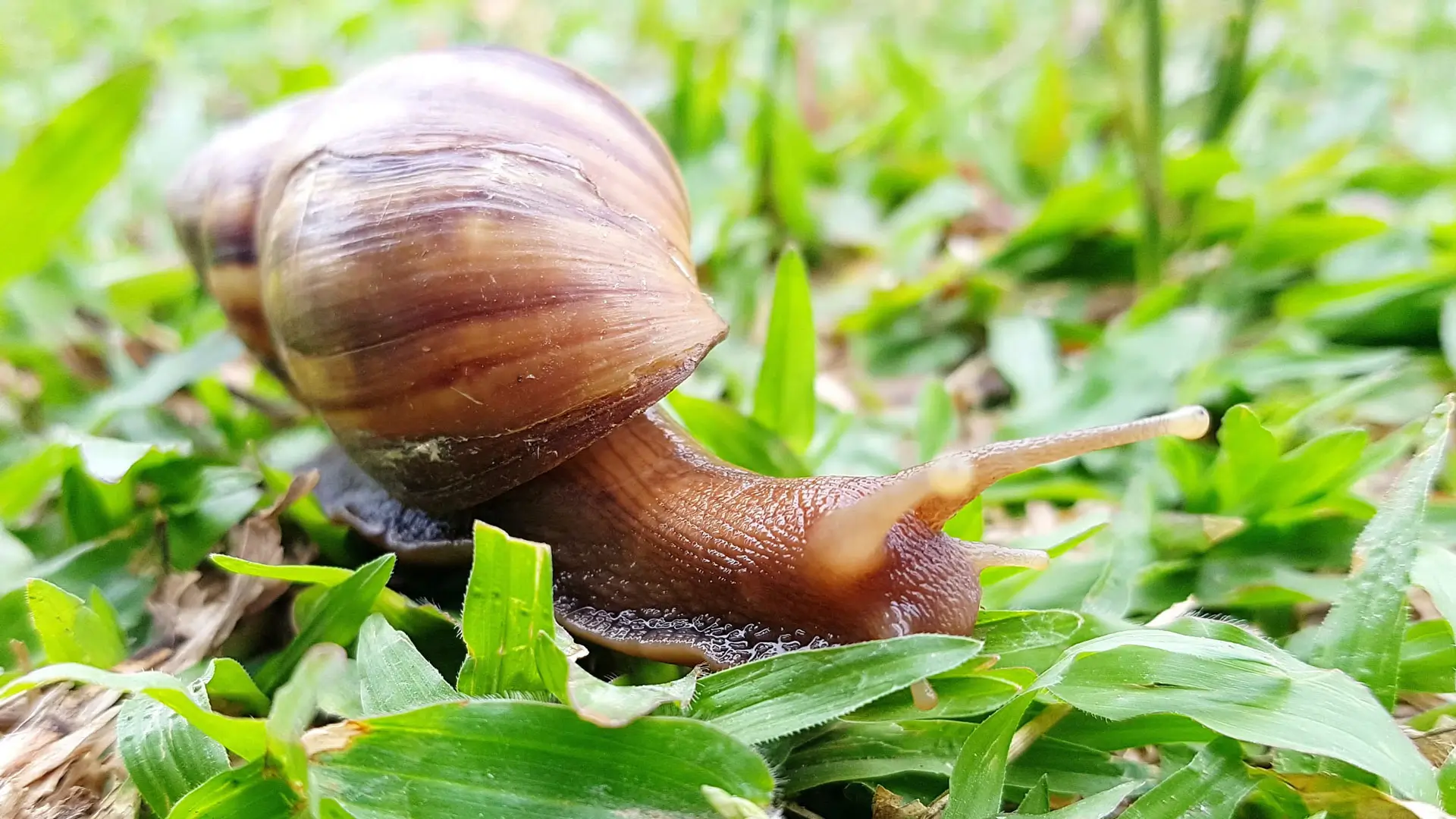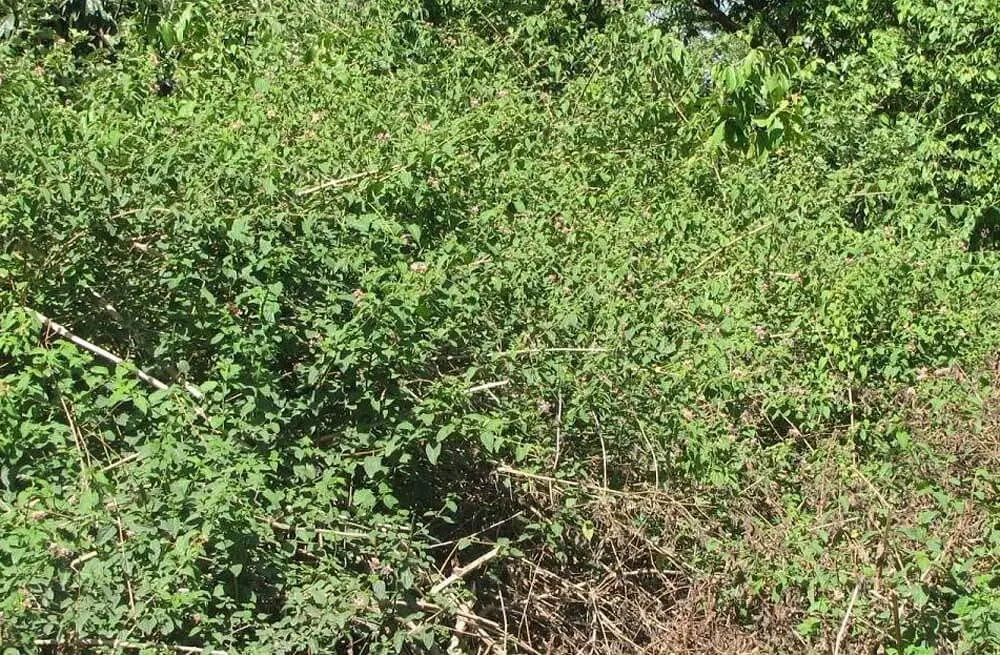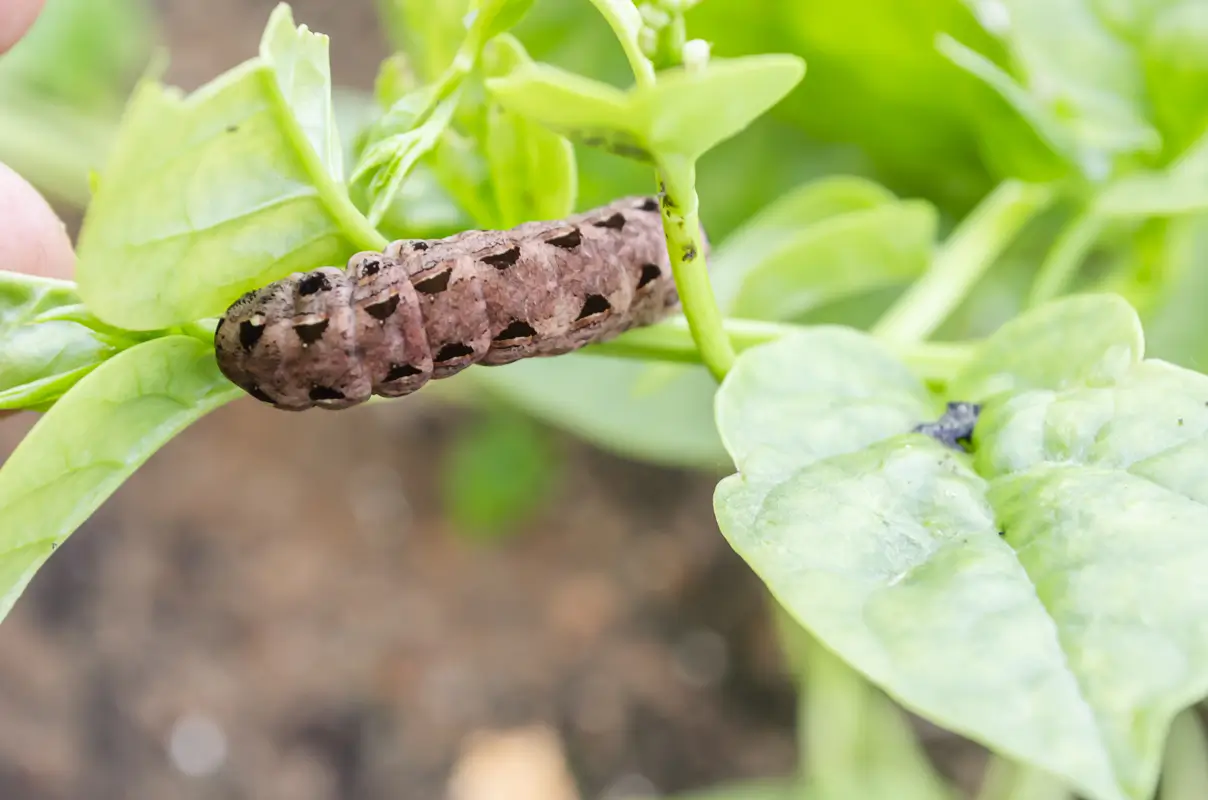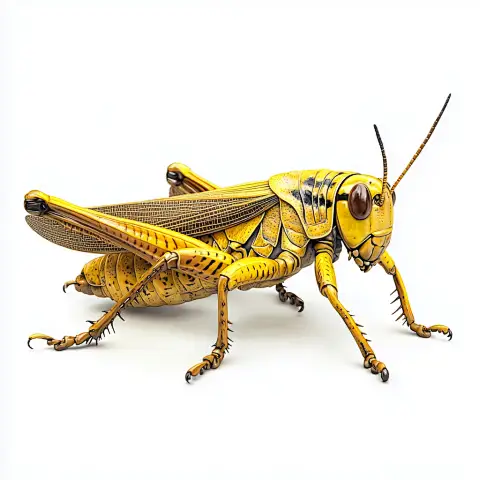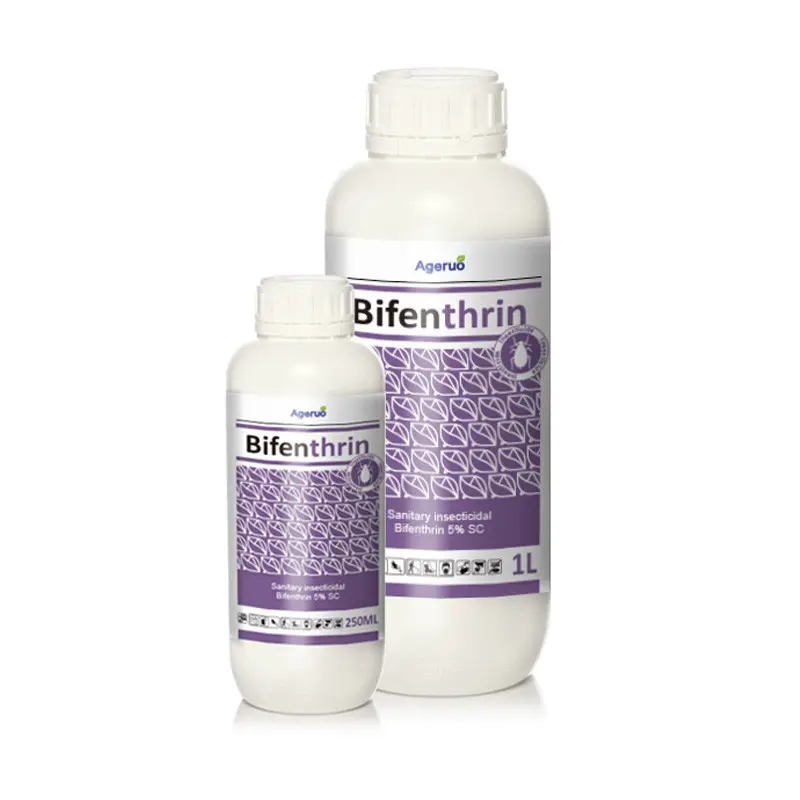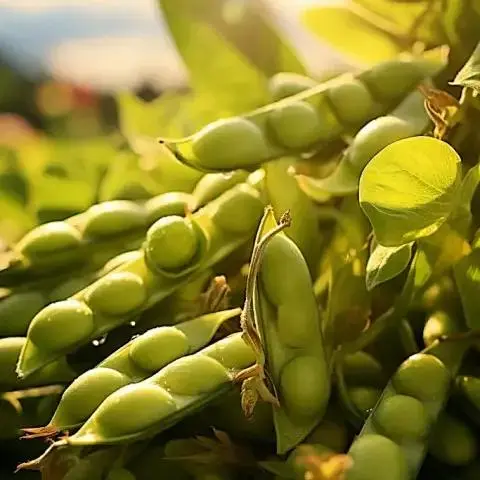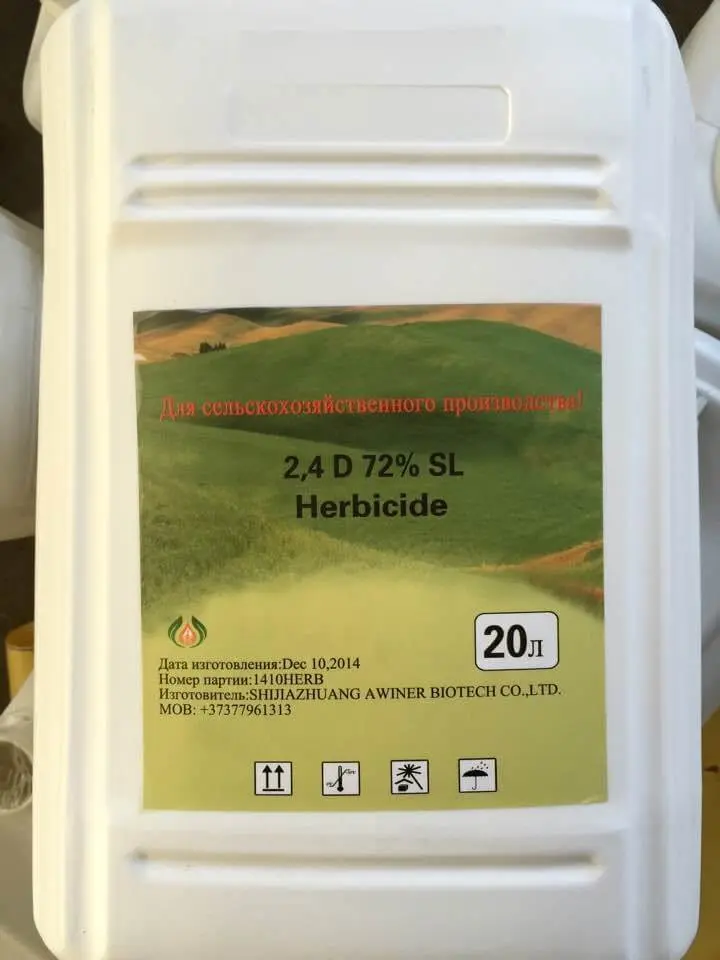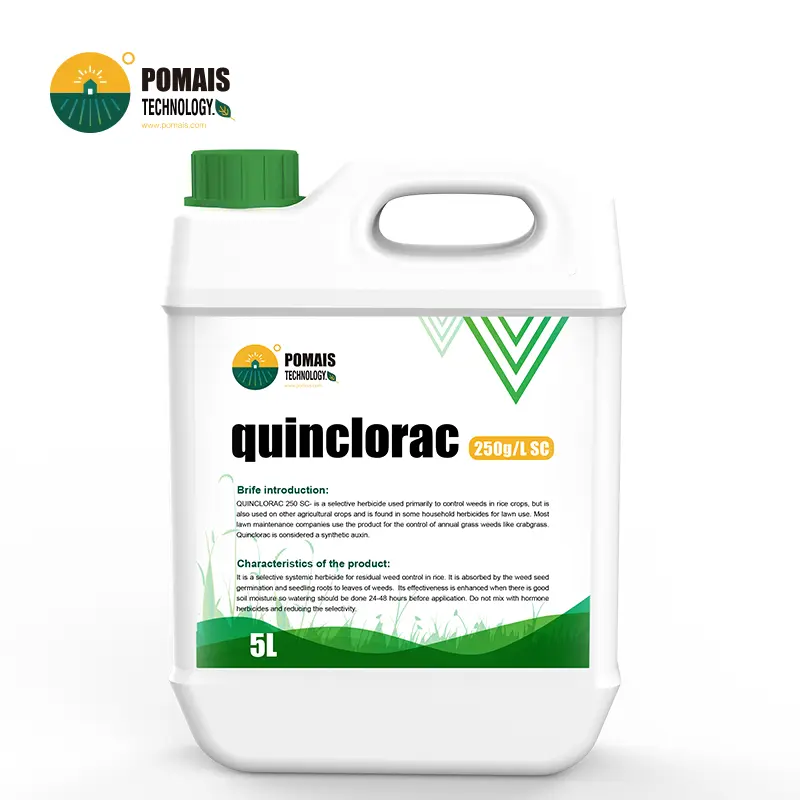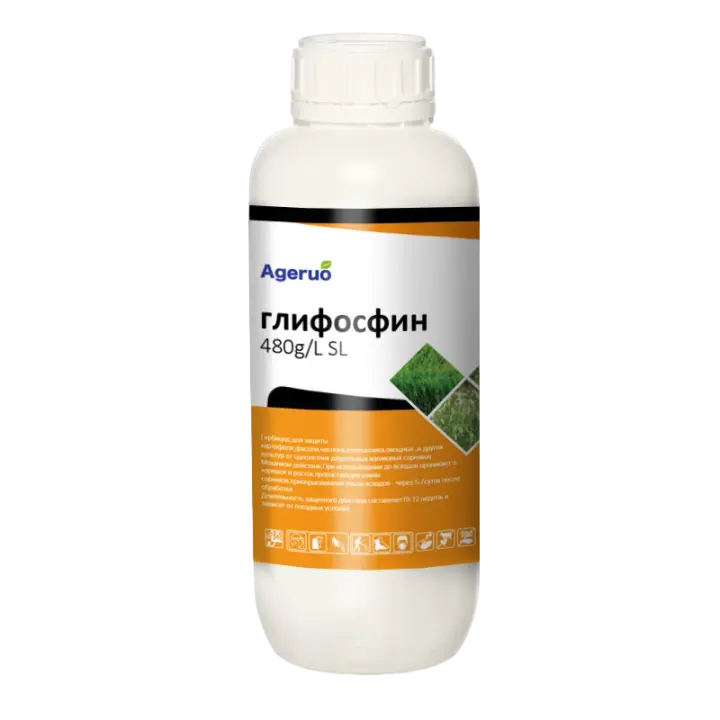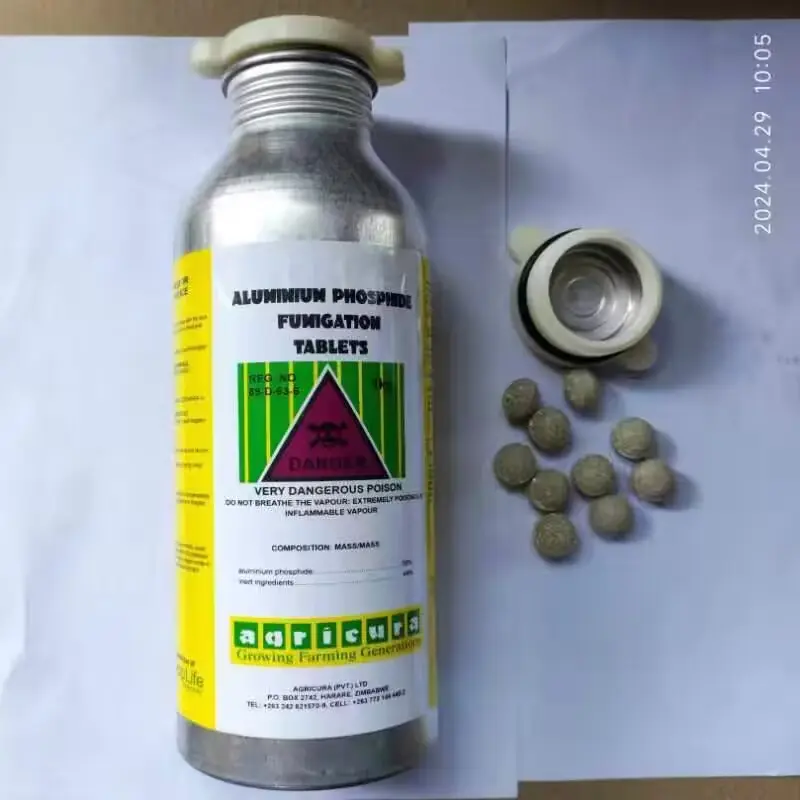How to Control Snails and Slugs in Your Lawn
Snails and slugs may seem harmless at first glance, but these soft-bodied pests can cause serious damage to lawns, vegetable beds, and ornamental gardens—especially during wet or humid seasons. While many species are non-native and invasive, they thrive in garden environments where moisture and organic matter are abundant.
This guide outlines how to identify snails and slugs, when to take action, and what control methods—including safe pesticide options—you can use to protect your lawn.
What Are Snails and Slugs?
Snails and slugs are both gastropod molluscs. The main difference between them is that snails carry a prominent external shell, while slugs have either a small internal shell or none at all.
Both pests:
-
Prefer dark, moist environments
-
Feed on young leaves and plant roots
-
Leave behind telltale slime trails
-
Reproduce in leaf litter, garden beds, and shaded corners
Most species found in gardens today—such as the common garden snail and grey field slug—are introduced species that have adapted well to local environments and are now classified as significant garden and agricultural pests.
How to Identify Snail and Slug Activity
You may not always see these pests during the day, but you can spot the signs:
-
Chewed leaf edges or skeletonized leaves
-
Slime trails on hard surfaces or grass
-
Holes in seedlings or soft stems
-
Clusters of pests under rocks, pots, mulch, or low foliage
Nighttime is prime feeding time—take a torch two hours after sunset to confirm activity.
How to Kill Snails and Slugs in Your Lawn
1. Use of Pesticides
For effective control, consider using snail and slug baits in pellet, granular, or mini-pellet form. These products attract pests and deliver lethal doses of active ingredient without damaging turfgrass.
Recommended Active Ingredients:
-
Iron EDTA complex: A low-toxicity compound effective against snails and slugs; safe for pets, earthworms, and birds when used correctly.
-
Metaldehyde: Highly effective, but must be used with extreme care as it is toxic to pets and wildlife.
-
Methiocarb: Broad-spectrum molluscicide with fast action but higher environmental risk—use only where appropriate and allowed by regulation.
Important: Always wear gloves, follow label directions, and avoid overapplication.
2. Timing Your Applications
Baiting is most effective:
-
After rain or high humidity, when pests become active
-
In autumn, before egg-laying begins
-
During early spring, to prevent population spikes
Avoid combining baits with copper-based sprays or repellents during the same application—they may deter feeding and reduce efficacy.
How Long Do Pesticides Take to Work?
Depending on the active ingredient and environmental conditions:
-
Initial results may be seen in 24–72 hours
-
Complete colony suppression may take up to a week
-
Dead slugs and snails may not always be visible—look for reduced feeding damage and absence of fresh slime trails
Natural and Organic Control Methods
If you prefer to limit chemical use or supplement your approach, try the following:
Garden Sanitation
-
Remove leaf litter, wood piles, and unused pots
-
Trim back dense foliage near lawn edges
-
Turn over garden ornaments and rocks regularly
Manual Removal
-
Collect snails and slugs by hand (wear gloves) and dispose of them in soapy water
-
Conduct night patrols with a flashlight
Traps and Barriers
-
Beer traps or sugar water traps sunk into the ground lure and drown pests
-
Copper tape around pots or garden beds emits static charge to deter movement
-
Barrier gels create non-toxic physical shields around plants
Repellent Sprays
-
Products containing buffered copper complex can deter gastropods for up to 90 days and are safe for pets, bees, and birds.
Is Lawn Damage a Concern?
Snail and slug baits are generally safe for lawns when applied properly. To avoid harm:
-
Choose selective or low-toxicity formulations
-
Follow precise dosage instructions
-
Keep pellets out of water bodies and pet-accessible areas
Conclusion
Managing snails and slugs in your lawn requires a combined approach: monitoring pest activity, removing hiding spots, applying safe and effective baits, and reinforcing control with natural methods.
With consistency and the right treatment—including well-selected active ingredients like iron EDTA or methiocarb—you can protect your lawn from unsightly damage and keep your garden thriving all year round.

 POMAIS
POMAIS